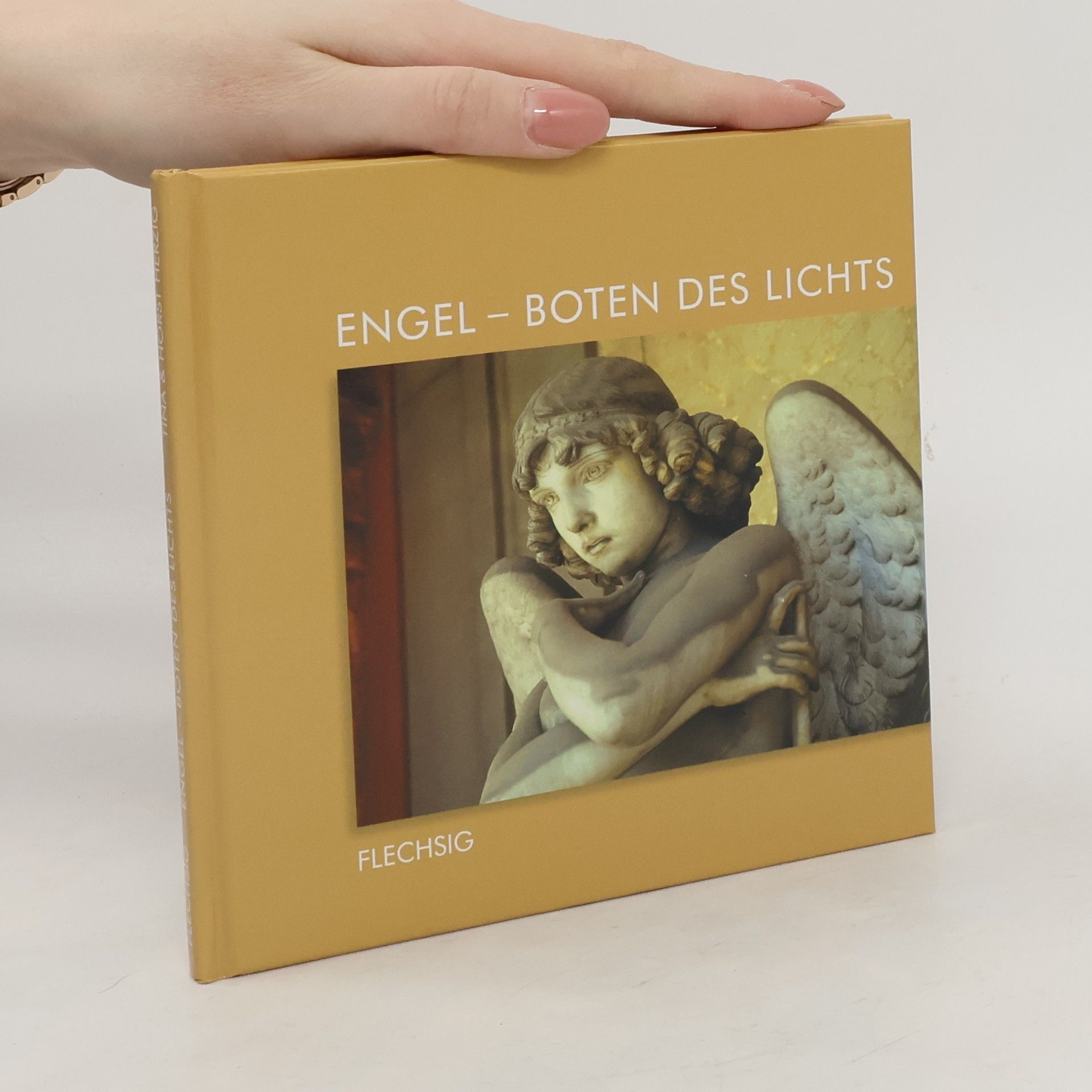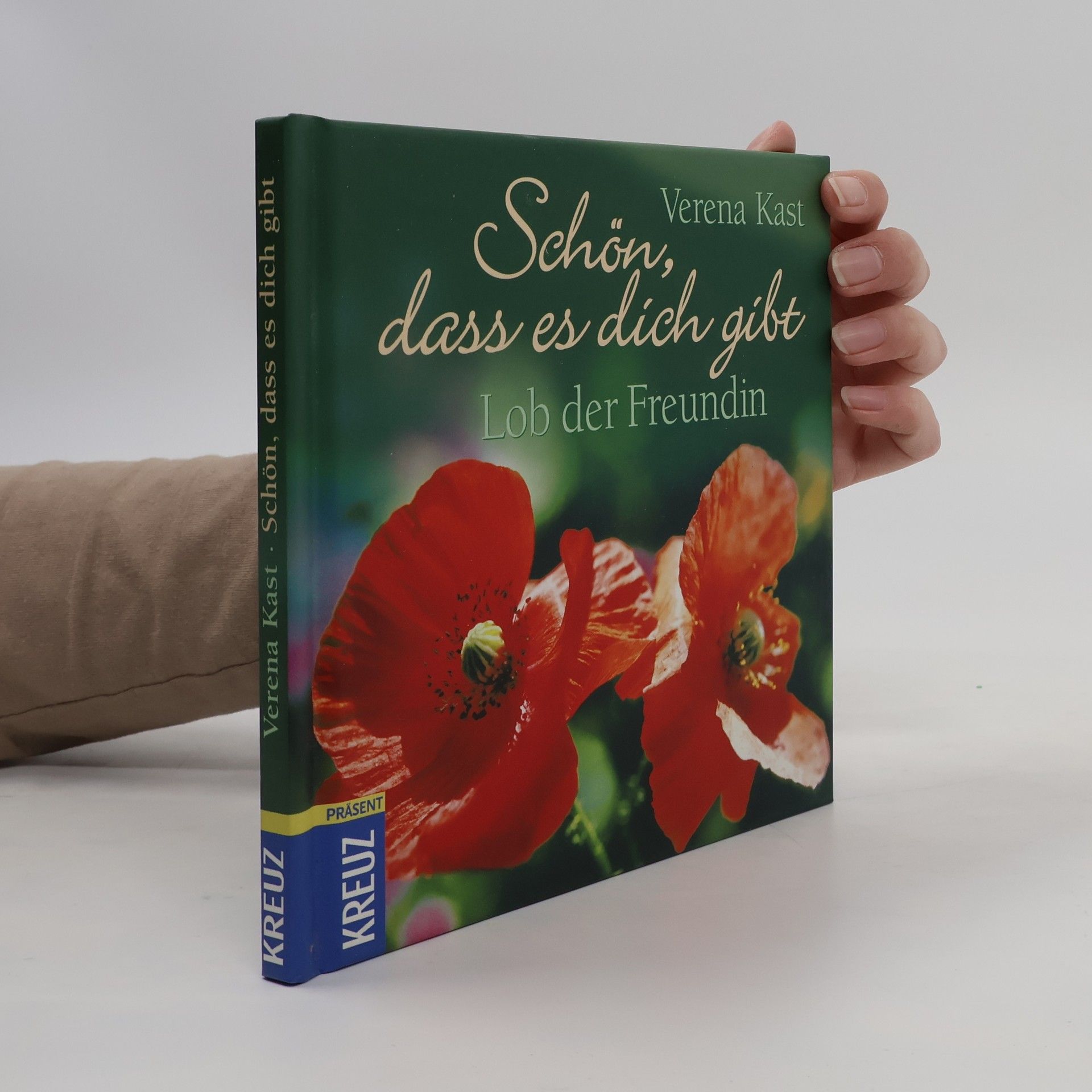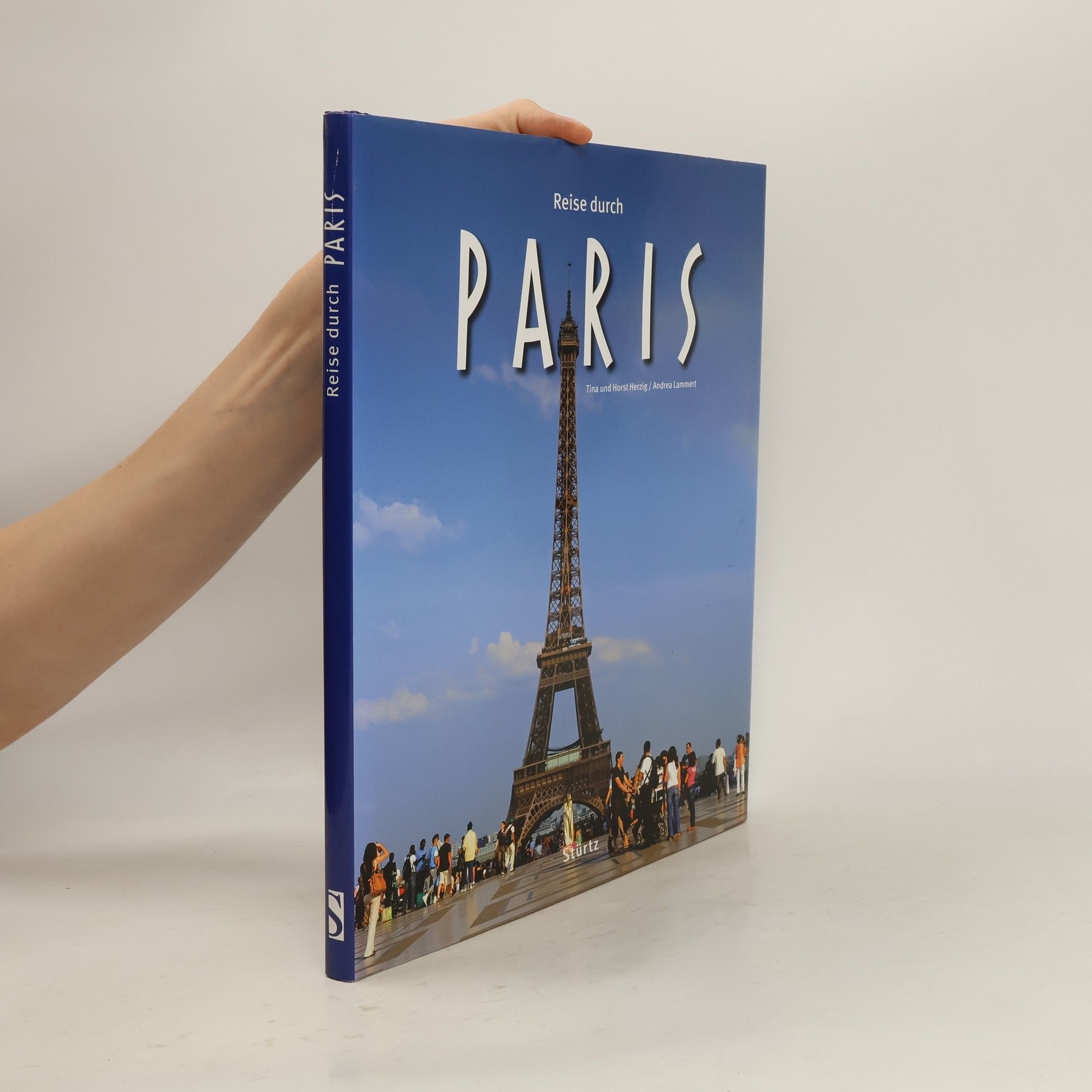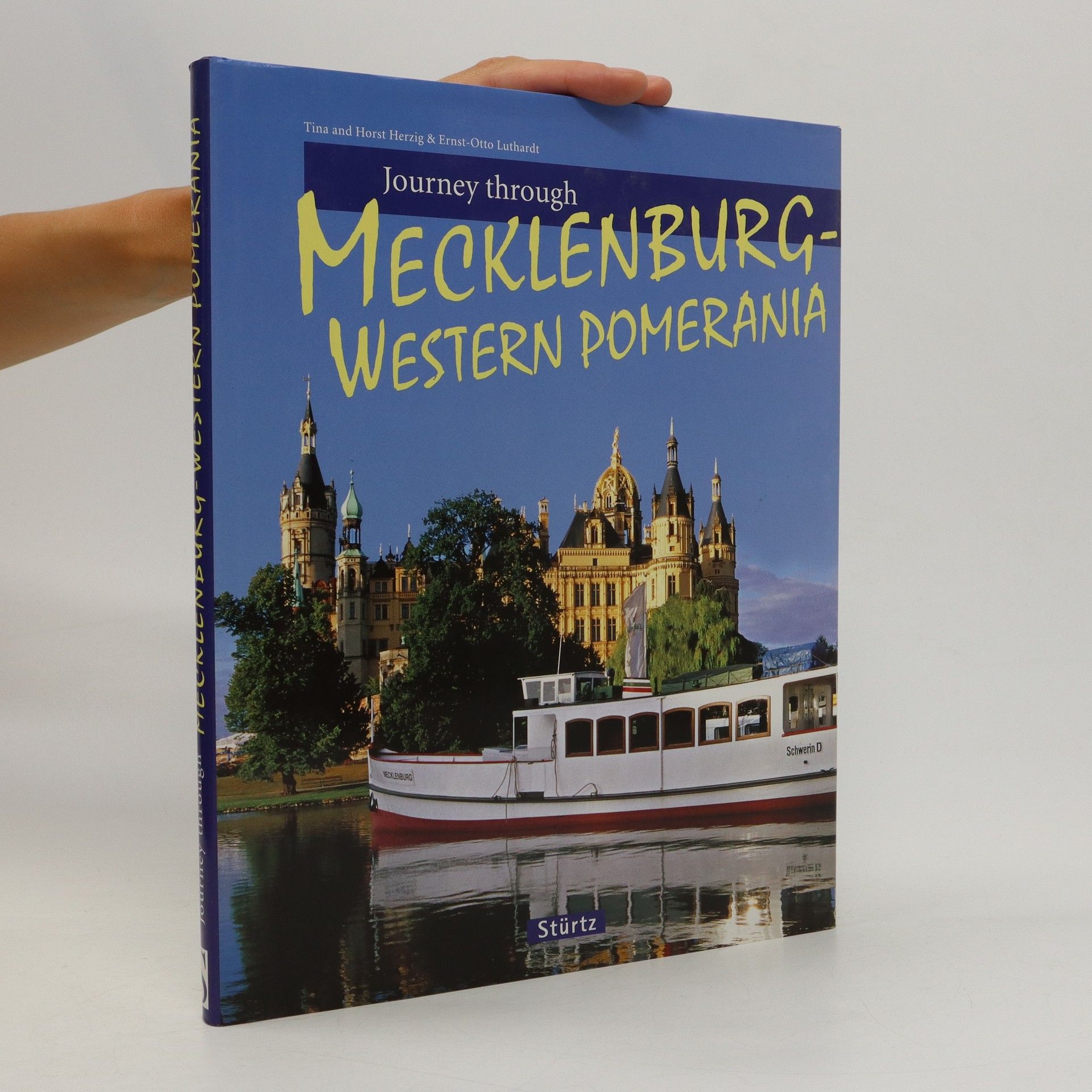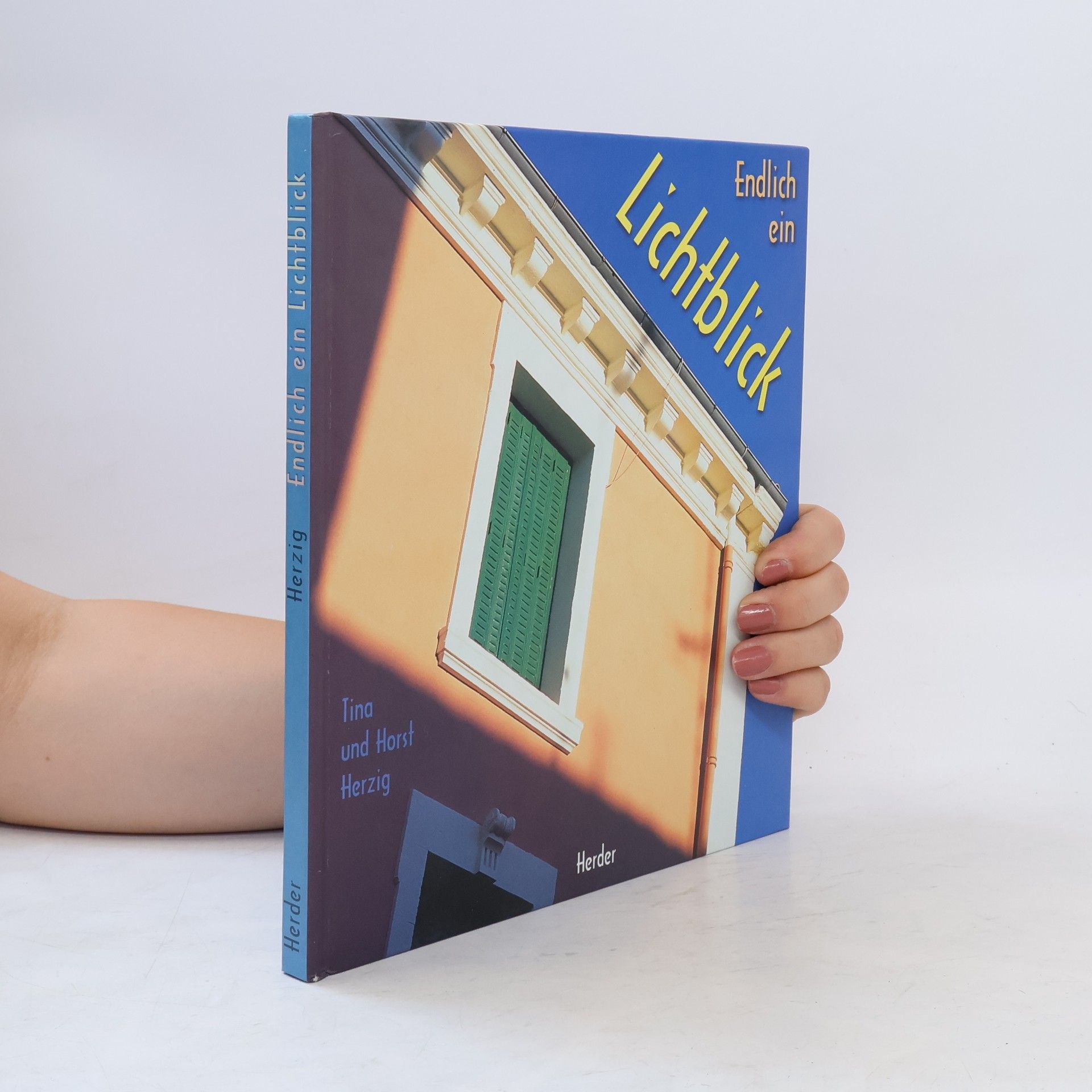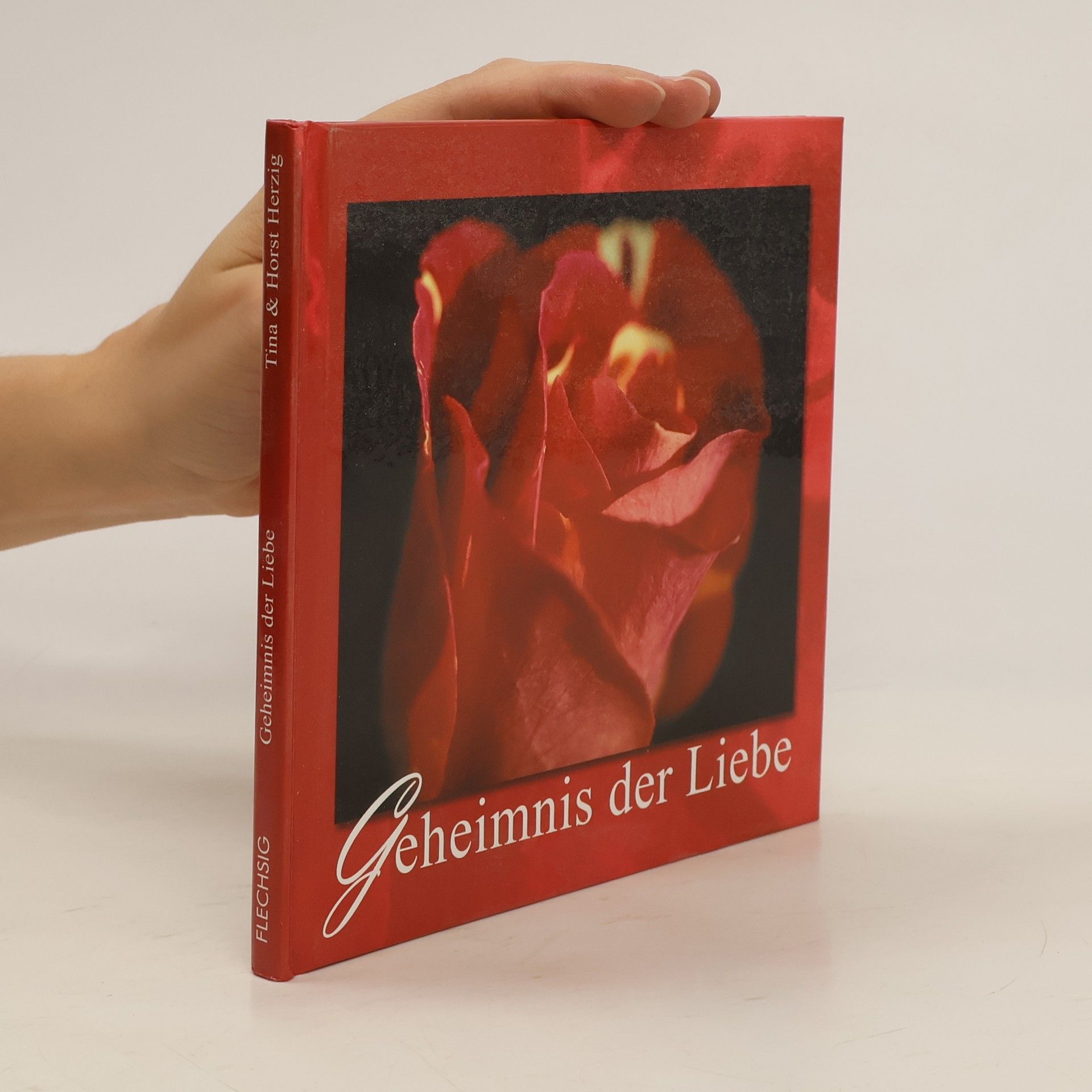Journey through Mecklenburg Western Pomerania
- 124bladzijden
- 5 uur lezen
Endlose Alleen, stille Seen und eine einzigartige Küstenlandschaft machen Mecklenburg-Vorpommern zu einem beliebten Reiseziel im Nordosten Deutschlands. Die Kreidefelsen von Rügen, die Seebäder von Usedom und die unberührte Natur der Halbinsel Fischland ziehen an die Ostsee. Im Hinterland bieten zahlreiche Seen, grüne Wiesen und waldbedeckte Hügel eine abwechslungsreiche Landschaft. Die Geschichte der Hanse spiegelt sich in den alten Handelsstädten Stralsund, Wismar, Rostock und Greifswald wider, während bedeutende mittelalterliche Sakralkunst in Kirchen und Klöstern erhalten blieb. In der Renaissance und im 16. und 17. Jahrhundert entstanden viele Schlösser und Herrenhäuser. Ende des 18. Jahrhunderts wurde das erste Seebad in Heiligendamm gegründet; heute prägt die Bäderarchitektur die Ostseeküste. Über 160 Bilder zeigen Mecklenburg-Vorpommern in all seinen Facetten. Vier Specials beleuchten berühmte Künstler wie Caspar David Friedrich, Philipp Otto Runge und Ernst Barlach, sowie Schriftsteller der Region wie Ernst-Moritz Arndt und Hans Fallada. Auch die Geschichte der Ostseebäder und der legendäre Freibeuter Claas Störtebeker werden thematisiert. Die Fotografen Tina und Horst Herzig sind freischaffende Künstler, während der Autor Ernst-Otto Luthardt sich auf kulturhistorische Abhandlungen spezialisiert hat.

